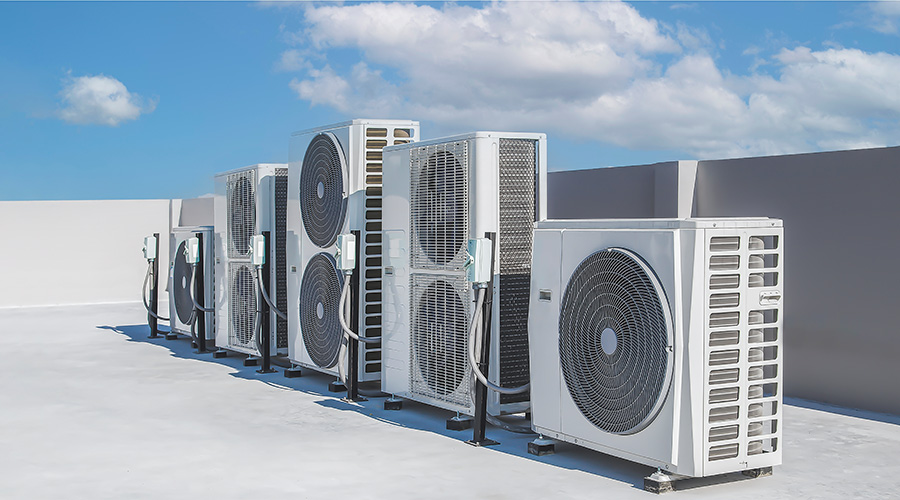School Setting Standard for Better IAQ
MERV-13 filtration is best-kept secret for New York City school.
New York City was the first major school system in the U.S. to authorize the use of MERV-13 filtration in through-the-wall window air conditioners to slow the spread of SARS-CoV-2. MERV-13 filters have been shown to reduce students’ risk of viral transmission and protect students from contracting the SARS-CoV-2 virus because the filter is significantly more efficient at capturing the virus than more commonly used air conditioning filters.
Eneref Institute examined how the MERV-13 filtration system protected students’ health in the New York City school system. Boys and Girls High School in Brooklyn, one of 1,859 New York City public schools, was an early adopter of MERV-13 filtration for their numerous window air conditioning units. The public school district is the largest in the United States, with over one million students.
Upgrades under publicized
According to research by Eneref Institute, the school building’s filtration upgrade has not been well-publicized and is the Education Department’s best-kept secret in their fight against COVID-19.
“I know about the filters because I’m friends with the custodian, but I don’t know if everyone else knows,” said Ieisha Borden, secretary to the principal of Boys and Girls High School. “It would make them feel like I feel — a little bit safer.”
The air conditioning units act as a filtration system to capture virus particles throughout the year by continually re-filtering and circulating conditioned air regardless of temperature demand.
“We talk about the cleaning and all those things with parents, but I think sometimes we don’t go into the air conditioning and those types of details with them,” says Lavonne Gaston, parent coordinator at the school.
While the improved HVAC filtration system reduces exposure to airborne pathogens, the more robust filters also increase resistance to airflow inside the air conditioners, which increases energy demand. To mitigate the filters’ increased energy use and carbon footprint, Boys and Girls High School employs rooftop solar panels. Pratt Institute says the solar panels — which generate over 500 kW of electricity — reduce the school’s annual carbon emissions.
Still, in fan-only mode, the energy demand is negligible.
“You can put it on fan mode to (capture the virus) and it’ll cost you a fraction of the money in energy. You’re only spinning the fan motor and you have MERV-13 filtration,” says Howard Blady, owner of Klearview Appliance. The New York City Department of Education purchased the MERV-13 filters from Klearview Appliance.
In August 2021, John T. Shea, the chief executive officer for Division of School Facilities, directed custodian engineers to install MERV-13 as replacements for existing air conditioner filters. Custodial staff, who regularly maintain the school district’s entire HVAC system, replaced the filters at 30-day intervals. To assure against any leakage, the filters were installed using filter clips provided by Shea’s department.
Four months later in December 2021, the New York State Education Department sent out its own directive from the Office of Facilities Planning, recommending “high efficiency MERV-13 air filters as a proven and safe method for removing pathogens and other contaminants with the HVAC system.” Funds for the filters were authorized by American Rescue Plan (ARP) education funds.
Flavia Dinnebier, PhD in Environmental Education, Master of Environmental Law is research director of the Eneref Institute, a global research and advocacy organization based on environmental and social issues.
Related Topics:













